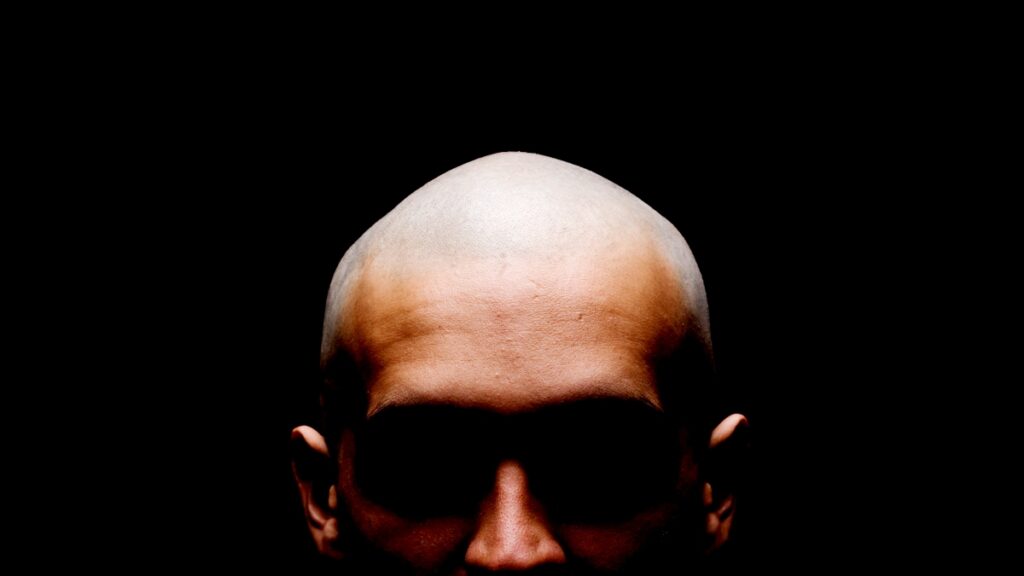
Many men experience gradual hair thinning, a condition that often impacts their self-esteem. Finasteride, a medication widely prescribed for treating male pattern baldness, has proven effective over the years. However, growing concerns about its potential links to serious mental health issues, including depression and suicidal thoughts, are prompting discussions among users and healthcare professionals alike.
Understanding Finasteride and Its Effects
Finasteride treats androgenetic alopecia, commonly known as male pattern baldness. The drug works by inhibiting the enzyme responsible for converting testosterone into dihydrotestosterone (DHT), a hormone that contributes significantly to hair loss. By reducing DHT levels by approximately 60–70% in most men, finasteride helps to regrow hair and prevent further loss.
Approved in the late 1990s as a prescription-only medication, finasteride is typically administered as a daily 1 milligram oral tablet. Higher doses, such as 5 mg, are prescribed for non-cancerous prostate enlargement and are not indicated for hair loss treatment. Notably, the medication is not approved for use in women, who can also experience hair loss.
While the most common side effects listed in clinical trials do not include mental health changes, there is emerging evidence suggesting a potential link. Initial studies did not reveal significant mental health concerns. Yet, ongoing monitoring has indicated an increased risk of depression and suicidal thoughts among some users. In May 2025, the European Medicines Agency confirmed suicidal thoughts as a side effect of finasteride, while the United States Food and Drug Administration issued similar warnings regarding both oral and topical formulations.
Addressing Mental Health Risks
If users experience mental health changes while taking finasteride, it is crucial to seek medical advice. Signs of depression, anxiety, or emotional instability should not be managed alone. Consulting with a healthcare professional can help determine whether finasteride is contributing to these symptoms and what support might be necessary.
For those experiencing mild symptoms, a healthcare provider may recommend pausing the medication to assess any improvements. In cases of severe symptoms, discontinuing the drug and pursuing prompt medical evaluation may be necessary. If a user decides to stop taking finasteride, they can do so immediately, as most side effects diminish once the drug is eliminated from the system. However, some individuals have reported persistent symptoms.
While stopping finasteride may lead to a gradual return to baseline hormone levels, users should be aware that any hair regrowth achieved during treatment will likely be lost over time.
For individuals seeking alternatives, topical minoxidil is a first-line treatment available over the counter. It can be used alone or in combination with other therapies. Although minoxidil may cause scalp irritation, its efficacy in promoting hair growth is well-established. Reports of depression and anxiety associated with minoxidil are significantly lower than those linked to finasteride, primarily due to its topical application.
Another alternative is dutasteride, which operates similarly to finasteride. However, it may carry similar risks concerning mental health, making it advisable to avoid dutasteride if finasteride is not suitable.
Insights from experts like Nial Wheate, a professor at Macquarie University, and Jasmine Lee, a pharmacist and PhD candidate at the University of Sydney, emphasize the importance of weighing the benefits and risks associated with finasteride.
This article highlights the necessity of consulting healthcare professionals when considering treatments for hair loss, particularly when mental health concerns arise. For those affected, resources are available to help navigate these challenges. If you or someone you know is struggling, reach out to a local crisis hotline for support.






